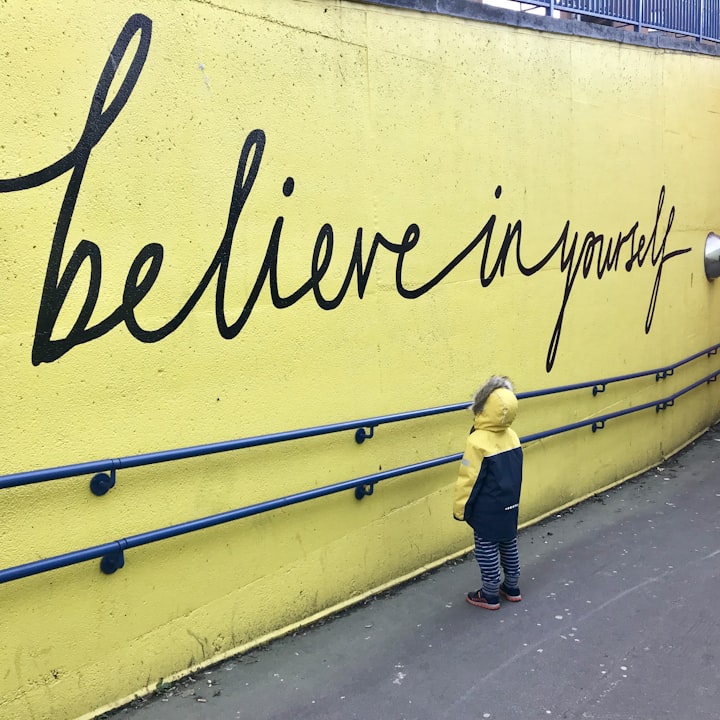Breaking Bad Habits: The Science of Habit Change and How to Succeed
Mastering the Art of Habit Transformation

Introduction
Millions of people worldwide struggle with the challenge of overcoming bad habits at some point in their lives. Whether it's nail-biting, unhealthy snacking, or any other habitual behavior, many individuals go to great lengths to break free. Some resort to unusual tactics like applying spicy chili to their cuticles, donning gloves throughout the day or even immersing their hands in saltwater—all in a bid to regain control.
While bad habits are a common human experience, the question lingers: How can we successfully break them?
In this article, we delve into the science of habits and explore the underlying mechanisms that make change so challenging. We'll uncover the secrets of habit formation, the role of dopamine in reinforcing behaviors, and practical strategies for breaking unwanted habits. So, whether you're aiming to quit nail-biting or conquer any other persistent habit, read on to discover how to turn the science of habits into a powerful tool for positive change.
How should one be broken, then?
Understanding Habits
In the view of scientists, habits are routine activities that are triggered unconsciously in reaction to particular surroundings, such as a place, a time of day, or even an emotional state.
Simple behaviors like pulling your hair when you're upset are one example, but they can also involve more intricate daily rituals like staying up late or pouring coffee first thing in the morning.
It's probably a habit if you do something regularly and without much thought.
They develop as a result of your brain eventually realizing that the behavior is worthwhile.
The Science of Habits
Let's assume you bite your nails after opening a distressing message.
This is rewarding since it grabs your interest and eases the stress that the message has been causing.
Dopamine, a neurotransmitter that mediates pleasure and promotes neuroplasticity, can be released in response to positive experiences.
Your brain creates connections that connect the behavior with the reward, which encourages you to repeat it.
Ultimately, all it takes to subconsciously start a habit of biting your nails is being at your computer; no anxious emails or feelings of relief are necessary.
Cue-Behavior-Reward Loops
Eventually developed, these cue-behavior-reward loops operate quickly and outperform the ability to make decisions.
You can catch yourself doing something habitual before you have a chance to realize it and stop.
But considering that not all habits are negative, this may be a beneficial thing. They are saved memories of what has previously worked, enabling you to respond quickly in the present.
Challenging Unwanted Habits
Nevertheless, plenty of individuals still have bad behaviors. However, research indicates that changing behavior over the long term is rarely achieved by intentions alone.
Finding these places or times of day and altering them by altering your routine or adding barriers is one of the most efficient strategies to control behavior.
Moving, changing jobs, or simply starting a new schedule are all excellent opportunities to break or form new habits.
Habit Reversal Training
For behaviors like nail biting or hair pulling, the habit reversal training method may be helpful.
In order to change a negative habit, the objective is to replace it with a good one.
In order to correctly intervene when necessary during training, you must assess and understand your habit cues.
Patience and Celebration
Keep in mind that changing a habit takes time, so be kind to yourself and patient with yourself.
While many people concentrate on their negative habits, it's important to recognize and appreciate the positive ones that enable us to do our everyday tasks efficiently and quickly.





Comments
There are no comments for this story
Be the first to respond and start the conversation.